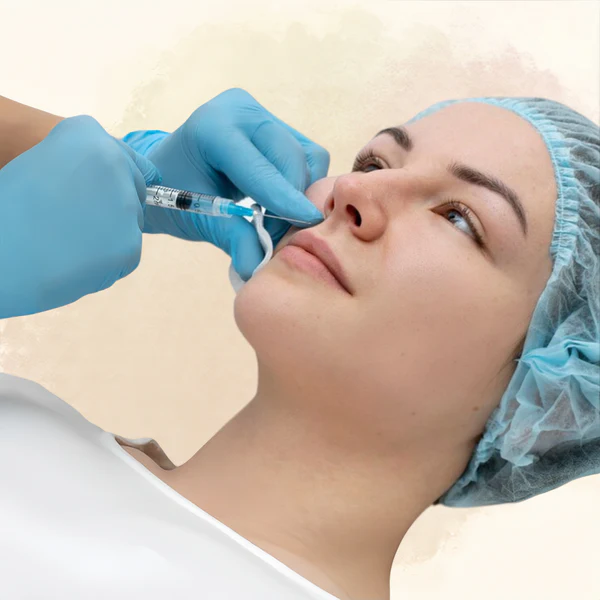Dubai Guide to Tooth Extraction Recovery: A Smooth and Speedy Healing Process
- Huda Batool
- Mar 6
- 4 min read
Tooth extraction is a common dental procedure that can greatly improve oral health, whether it’s to remove a severely damaged tooth, address overcrowding, or pave the way for orthodontic treatment. While the thought of having a tooth removed might seem daunting, advancements in dental care in Dubai ensure a smooth, painless, and efficient process. More importantly, a proper recovery plan can make the healing phase comfortable and complication-free.
If you're preparing for or have just undergone a Tooth extraction cost, this guide will provide you with everything you need to know for a smooth recovery. From aftercare tips to dietary recommendations, we’ll walk you through the best practices to ensure a quick and painless healing process.
Immediate Aftercare: The First 24 Hours
The first day after your tooth extraction is crucial in setting the stage for recovery. Here’s what you should do to ensure proper healing:
1. Bite on Gauze for Clot Formation
Your dentist will place a piece of gauze over the extraction site and ask you to bite down gently. This helps in forming a blood clot, which is essential for healing. Change the gauze every 30-45 minutes or as directed by your dentist.
2. Control Bleeding and Swelling
Some bleeding is normal in the first few hours. Avoid excessive spitting, as this can dislodge the clot. To reduce swelling, apply an ice pack to the outside of your cheek in 15-minute intervals.
3. Rest and Avoid Strenuous Activities
Take it easy for the first 24 hours. Avoid heavy lifting, bending over, or engaging in vigorous activities that may increase blood pressure and cause more bleeding.
4. Avoid Smoking and Alcohol
Smoking and alcohol can interfere with healing and increase the risk of dry socket, a painful condition where the blood clot gets dislodged. Avoid both for at least 48 hours or longer as advised.

Pain Management and Healing
While some discomfort is expected, it can be effectively managed through the following methods:
1. Take Prescribed Medications
Your dentist may prescribe pain relievers or recommend over-the-counter medications like ibuprofen or paracetamol. Follow the dosage instructions carefully.
2. Keep Your Head Elevated
When sleeping or resting, use an extra pillow to keep your head elevated. This helps reduce swelling and discomfort.
3. Maintain Oral Hygiene
Although you should avoid brushing near the extraction site for the first 24 hours, keeping your mouth clean is essential. After 24 hours, rinse gently with warm salt water to prevent infections.
Eating and Drinking After Extraction
Your diet plays a crucial role in your recovery. Following these dietary recommendations will ensure comfort and promote healing:
1. Stick to Soft Foods
For the first few days, consume soft and easy-to-chew foods like:
Mashed potatoes
Yogurt
Smoothies
Blended soups
Scrambled eggs
2. Avoid Hard, Crunchy, or Spicy Foods
Stay away from nuts, chips, spicy foods, and anything too hot or cold, as they can irritate the extraction site.
3. Stay Hydrated
Drink plenty of water to stay hydrated but avoid using straws, as the suction can dislodge the blood clot and delay healing.
The Healing Timeline: What to Expect
Recovery time varies depending on the complexity of the extraction and individual healing ability. However, here’s a general timeline to help you track your progress:
Day 1-2: Initial Healing
Some bleeding and mild swelling are normal.
Rest and avoid touching the extraction site.
Stick to a soft diet.
Day 3-5: Reduction in Discomfort
Swelling should start decreasing.
You can begin eating slightly firmer foods.
Rinse with salt water gently to keep the area clean.
Day 7-10: Tissue Healing
The gum tissue will start healing significantly.
Any stitches (if used) may be removed or dissolve on their own.
You should be able to resume normal eating habits.
Two Weeks and Beyond
Most discomfort and swelling should be gone.
Continue practicing good oral hygiene to prevent infections.
Visit your dentist for a follow-up if necessary.
Signs of Complications: When to Contact Your Dentist
While most tooth extractions heal without issues, it’s important to watch for signs of complications, such as:
Severe or worsening pain after a few days (could indicate dry socket)
Excessive bleeding that doesn’t stop
Persistent swelling or pus discharge (signs of infection)
Fever or chills
Difficulty breathing or swallowing
If you experience any of these symptoms, contact your dentist in Dubai immediately for prompt attention.
Modern Dental Care in Dubai: Fast-Track Your Recovery
Dubai is home to world-class dental facilities that provide top-notch care for tooth extractions. Many clinics offer advanced techniques such as:
1. Laser-Assisted Healing
Some dental clinics use laser technology to reduce swelling and speed up tissue healing.
2. Platelet-Rich Plasma (PRP) Therapy
PRP therapy involves using a patient’s own blood to accelerate healing and minimize complications.
3. Pain-Free Procedures
Dubai’s dental clinics use state-of-the-art anesthesia techniques to ensure a painless experience.
Final Thoughts: A Positive Recovery Experience
Recovering from a Tooth extraction cost in Dubai doesn’t have to be daunting. With proper aftercare, pain management, and a nutritious diet, you can ensure a smooth and comfortable healing process. Dubai’s cutting-edge dental technology and highly trained professionals make tooth extraction and recovery easier than ever.








Comments